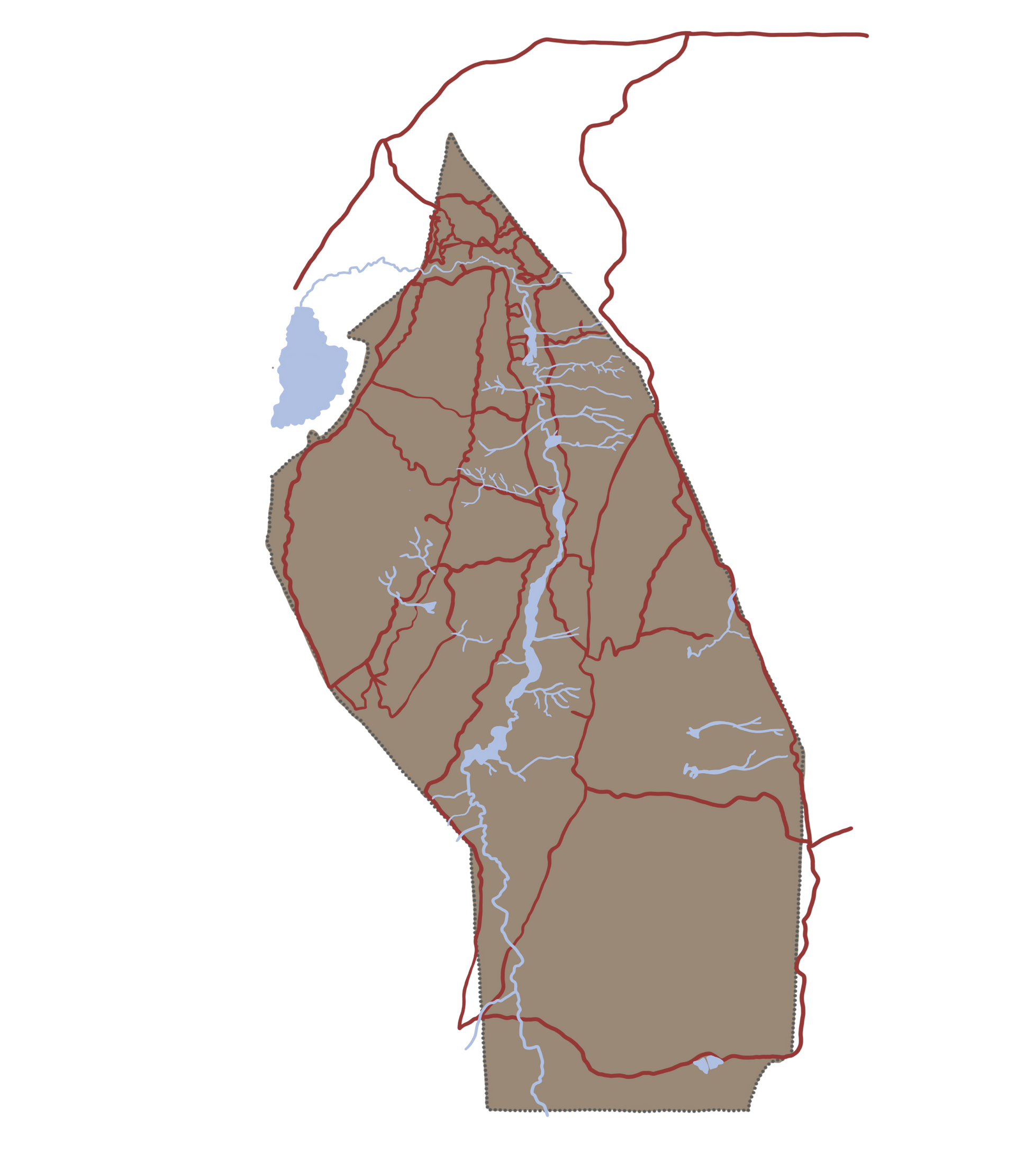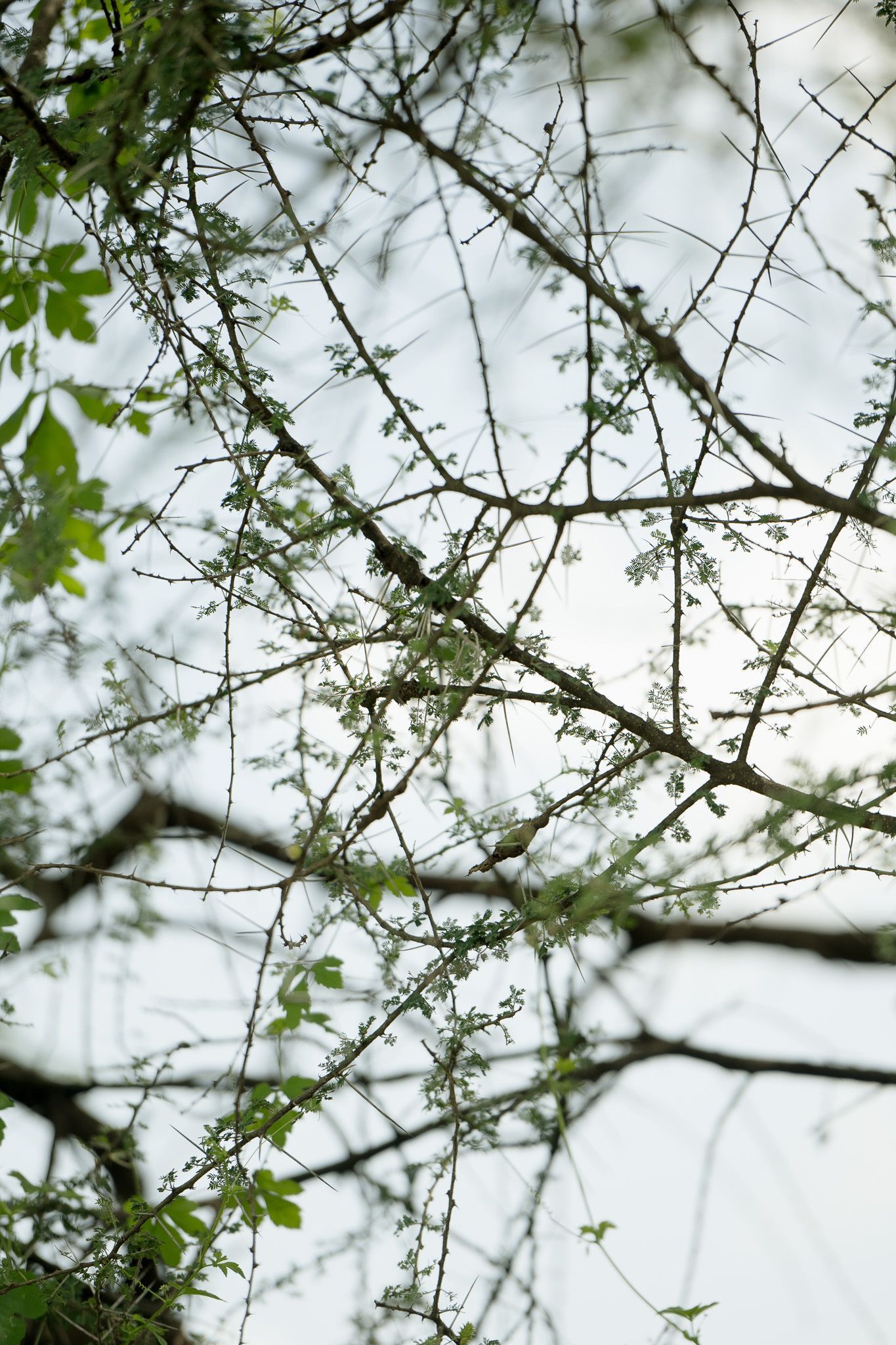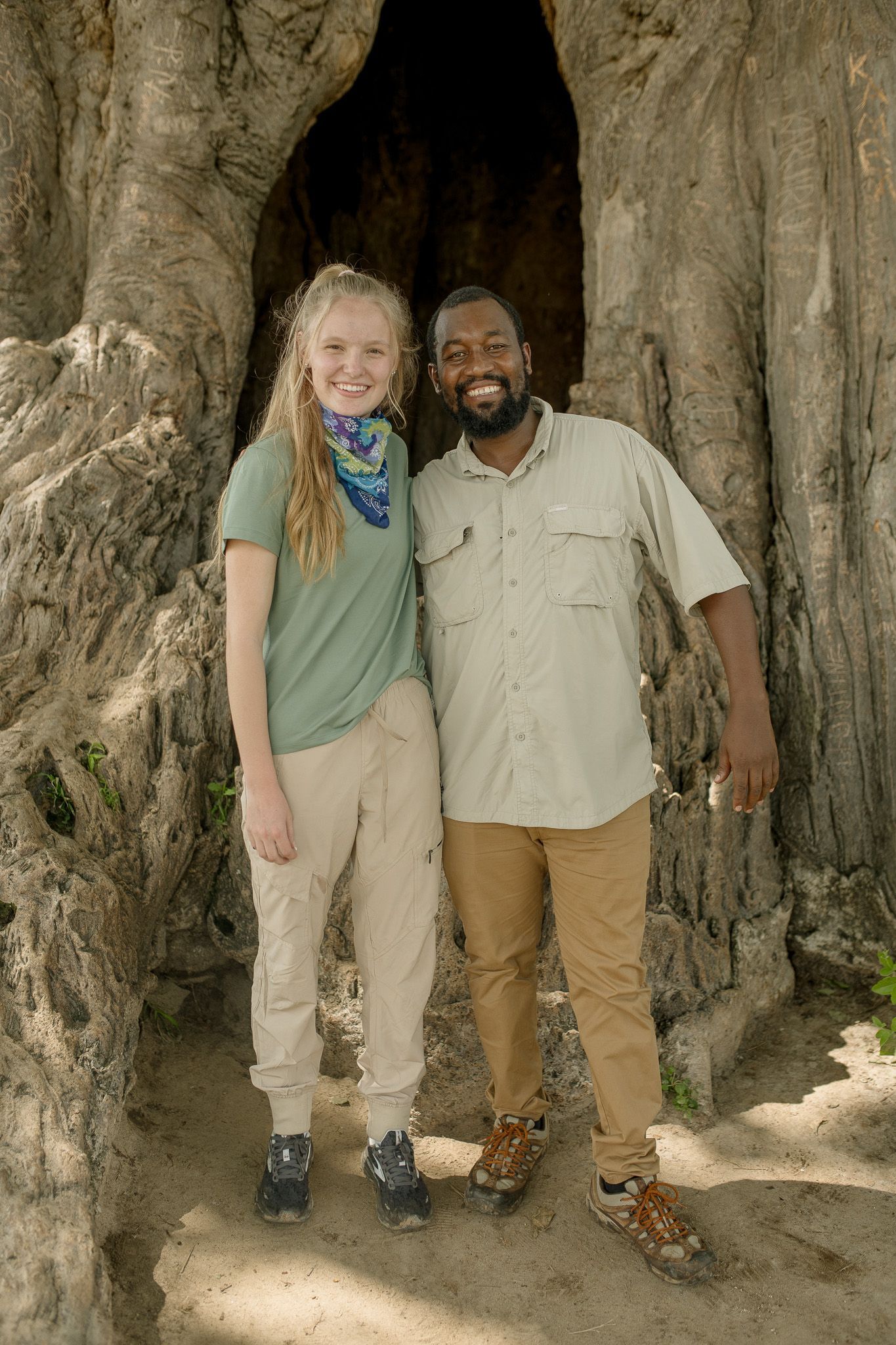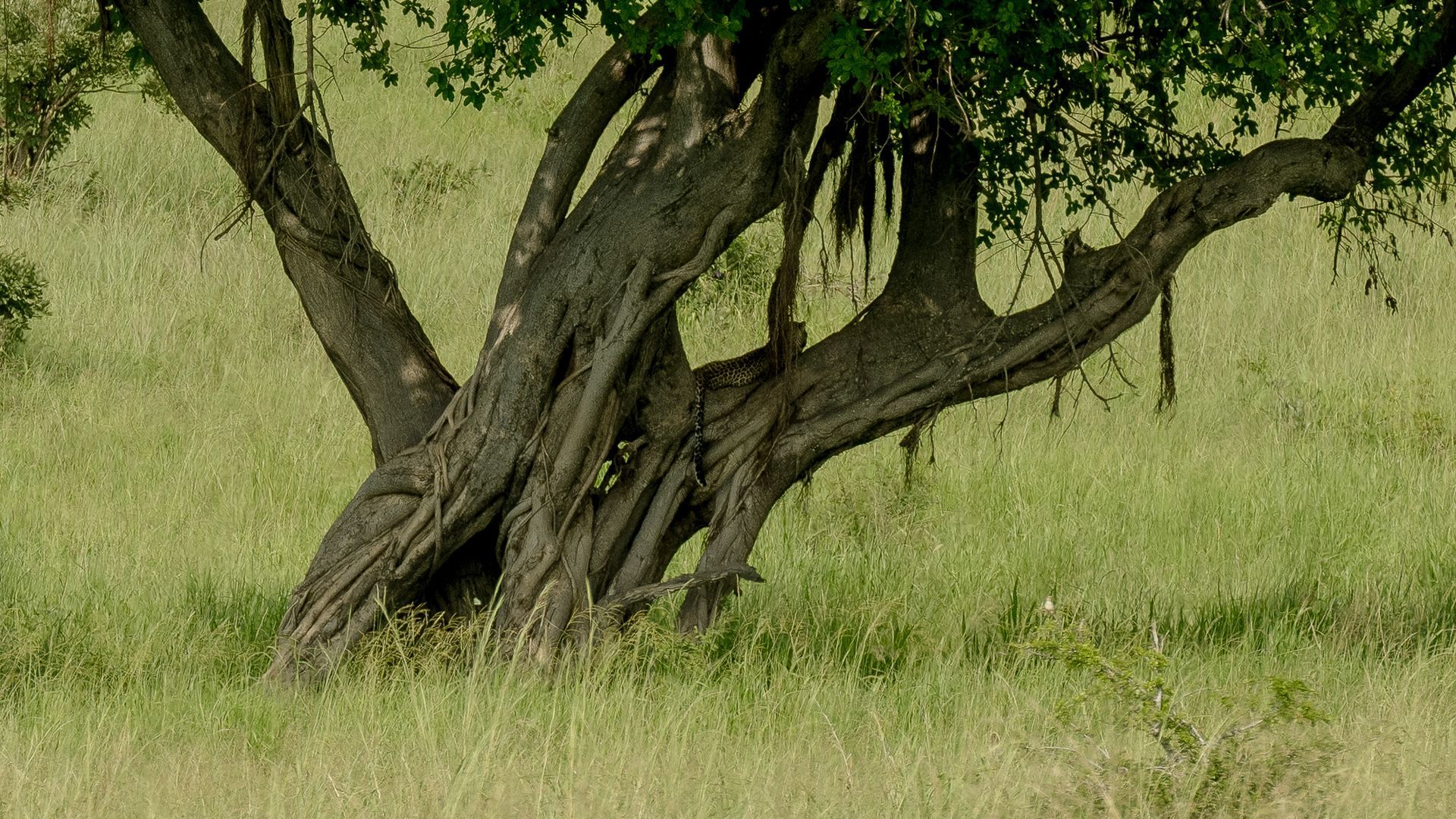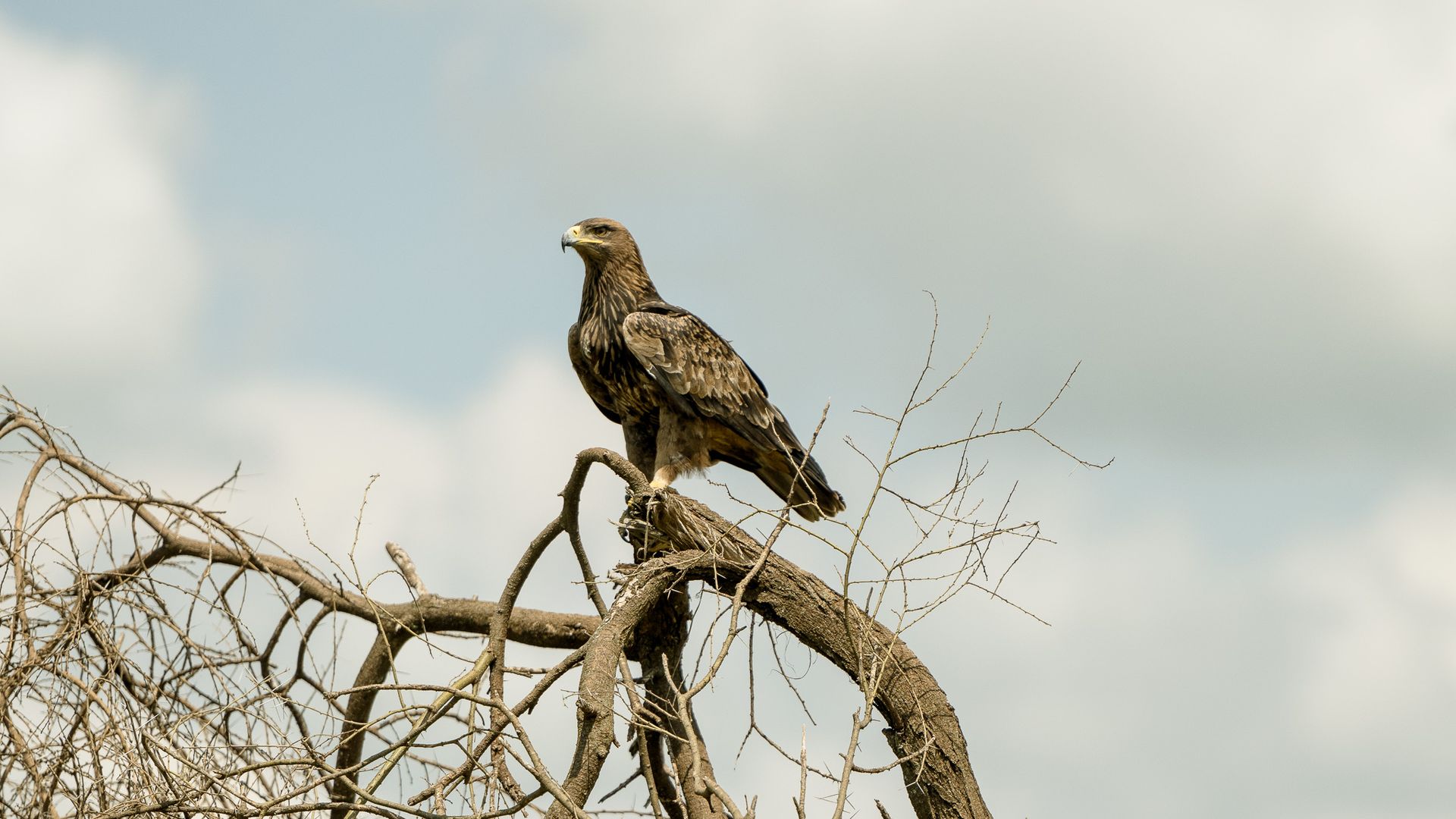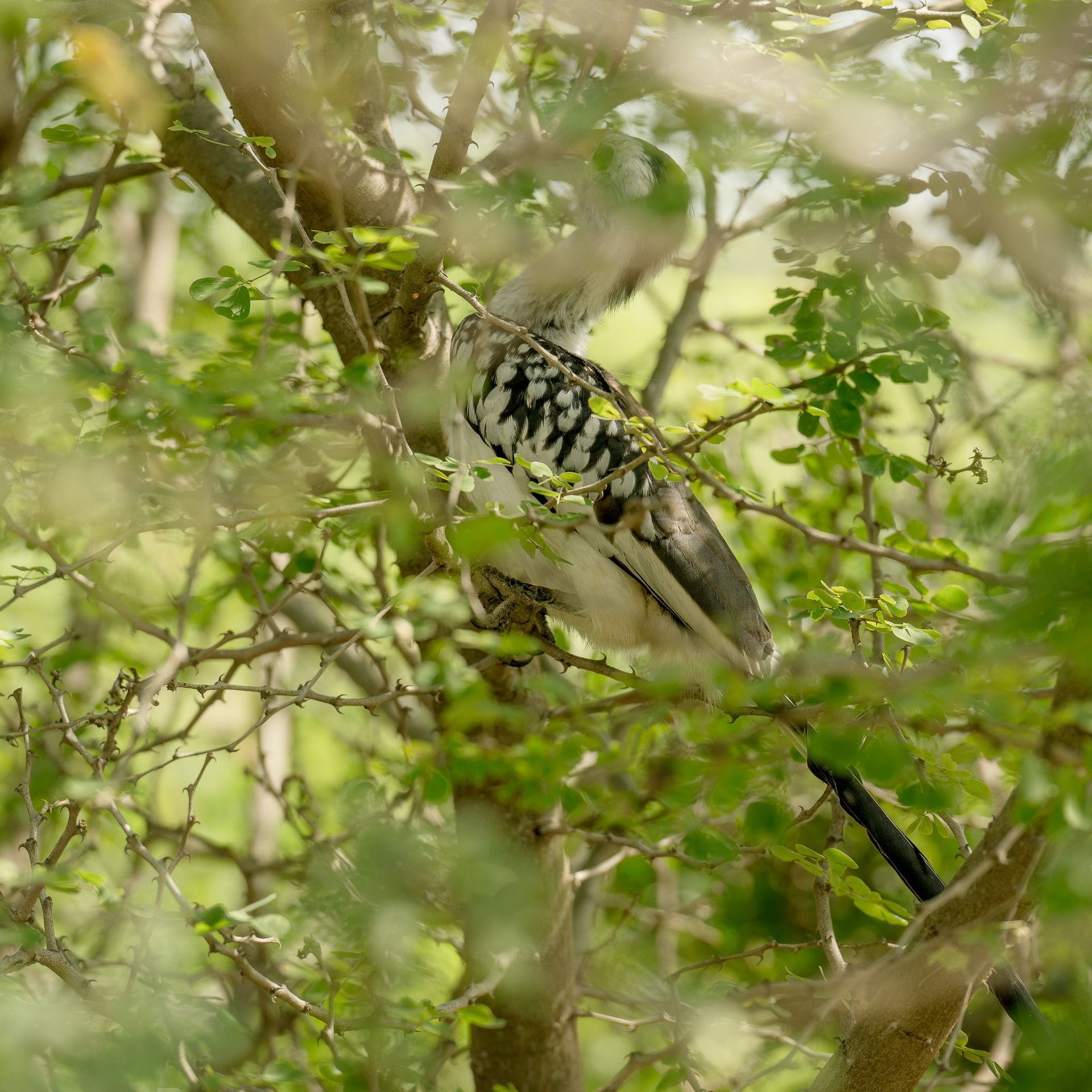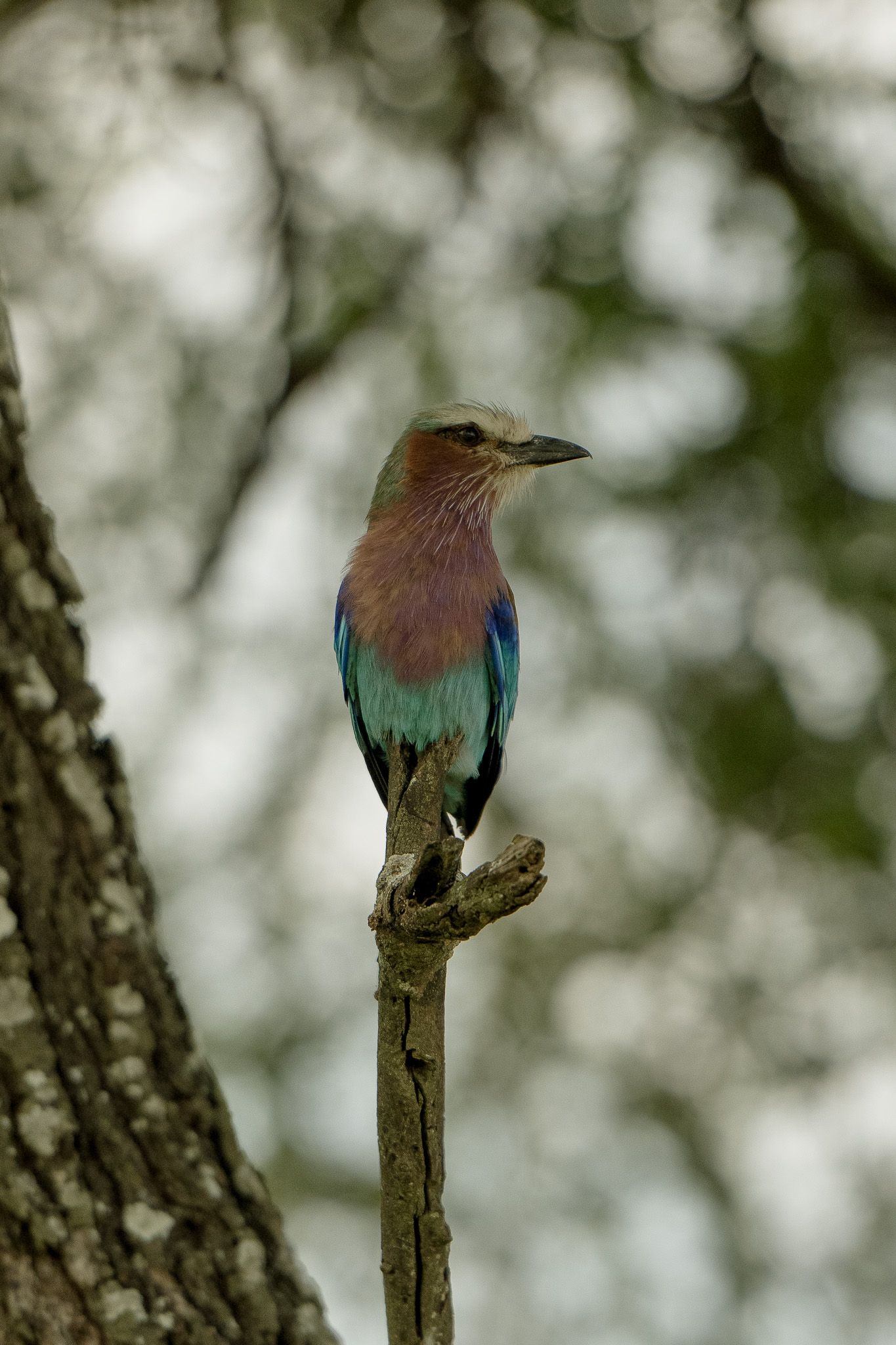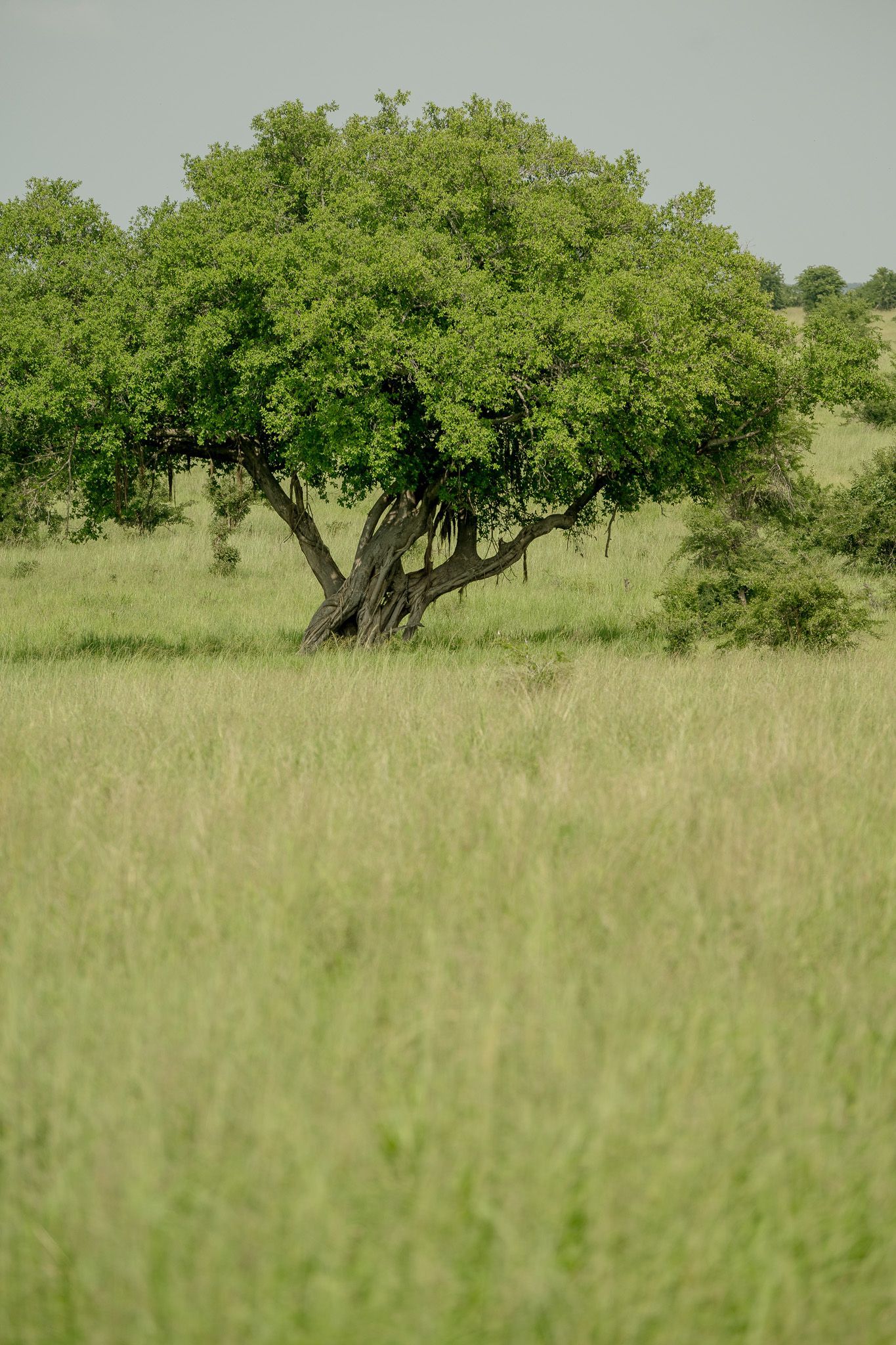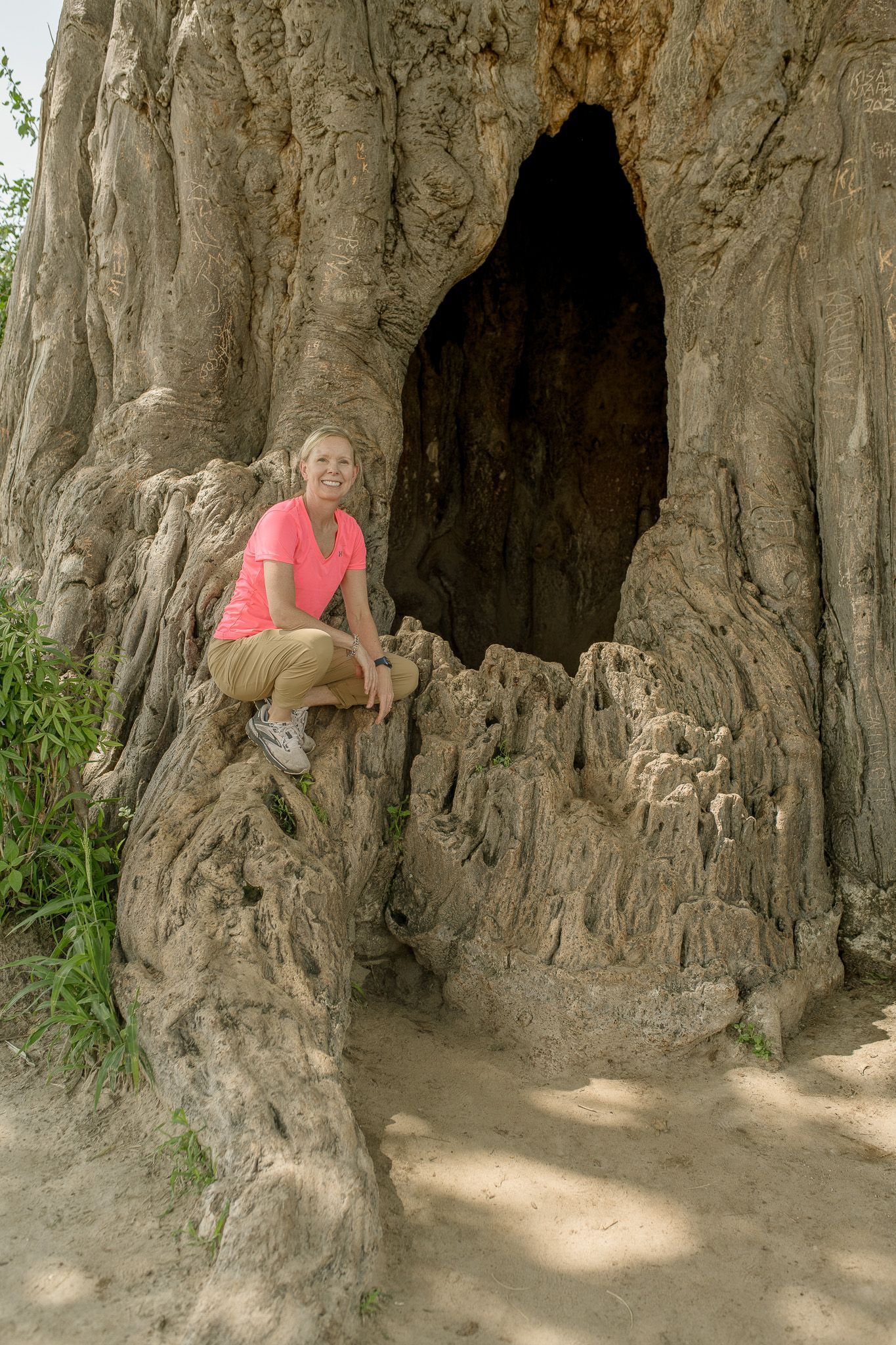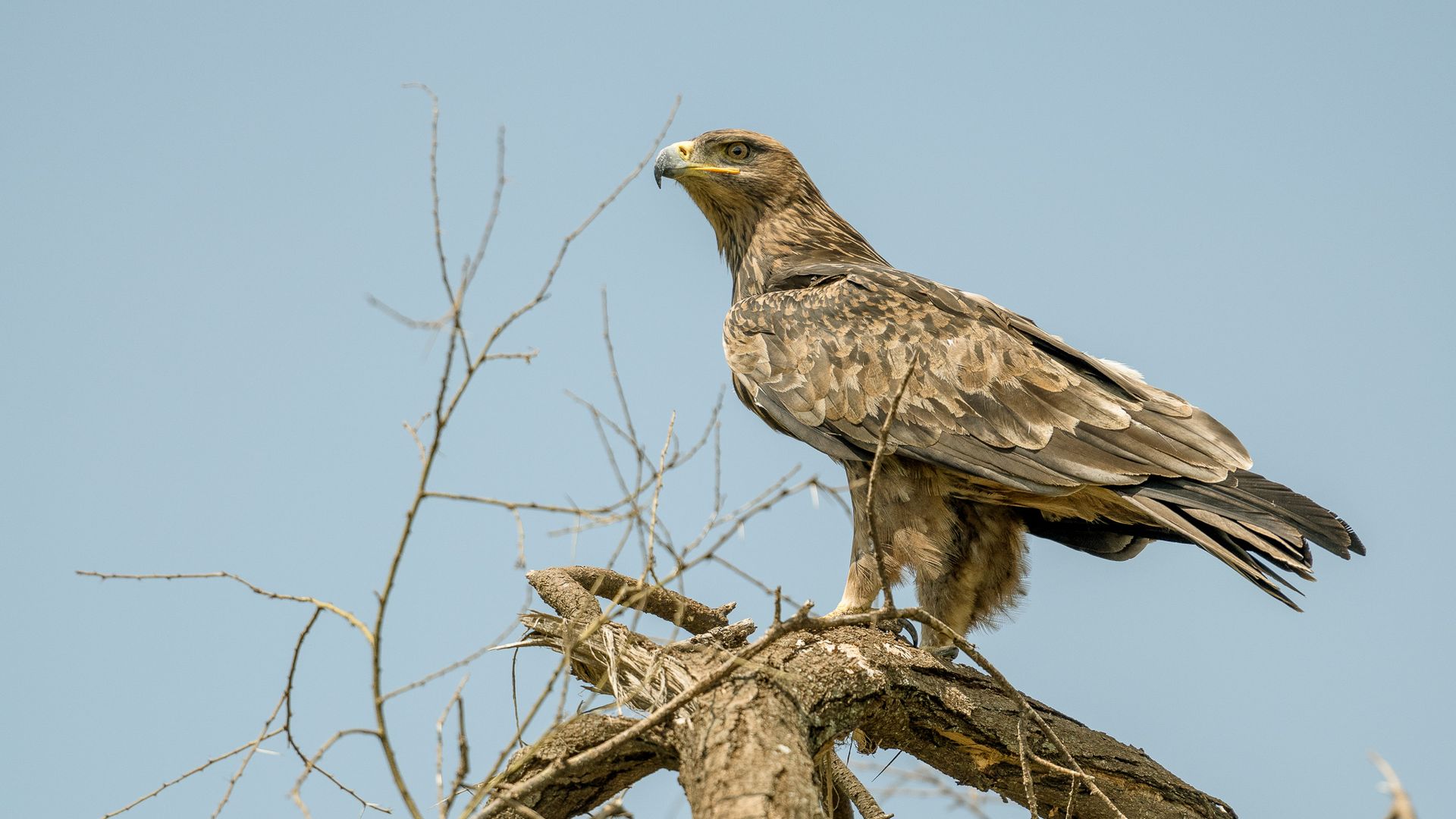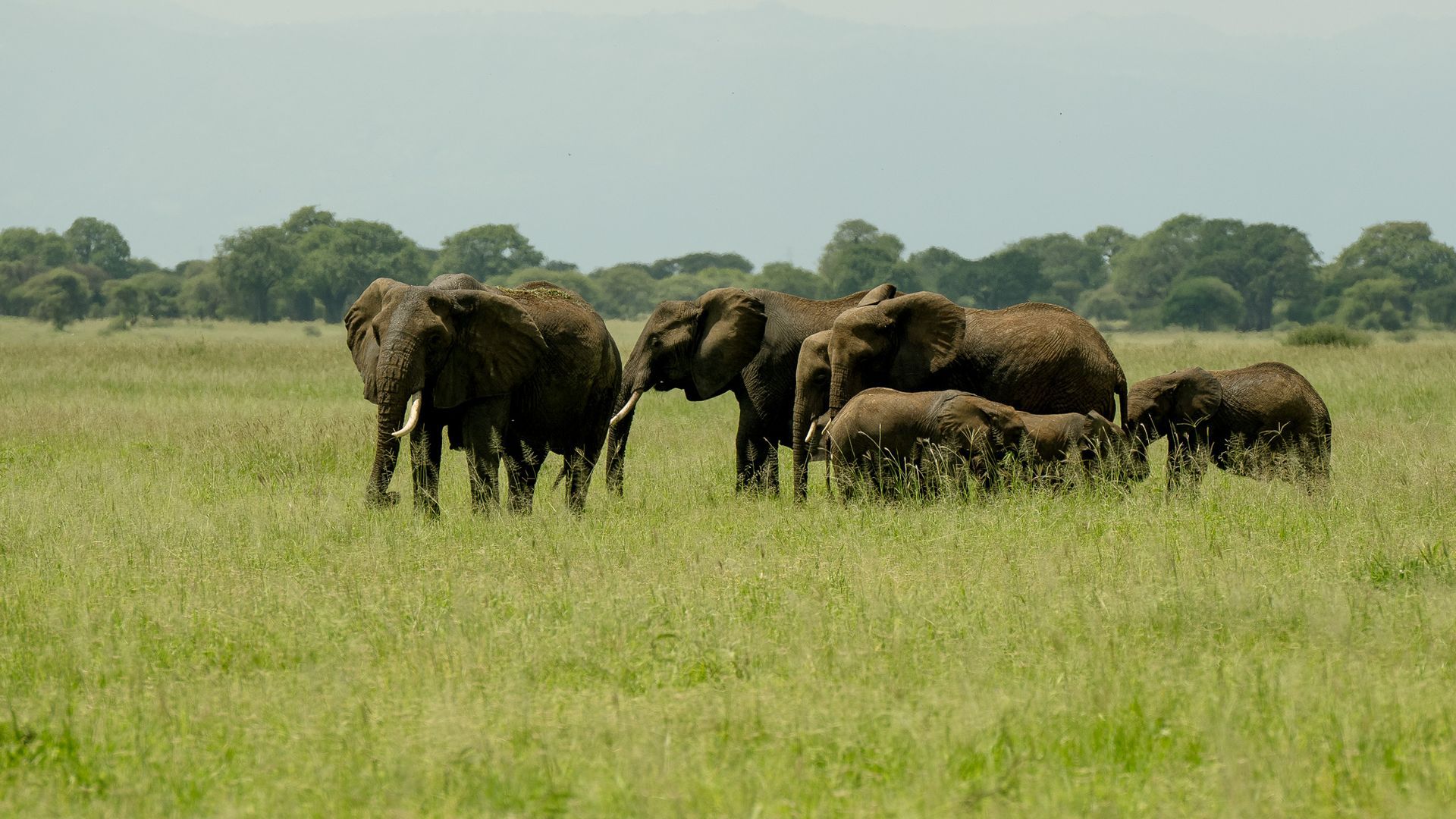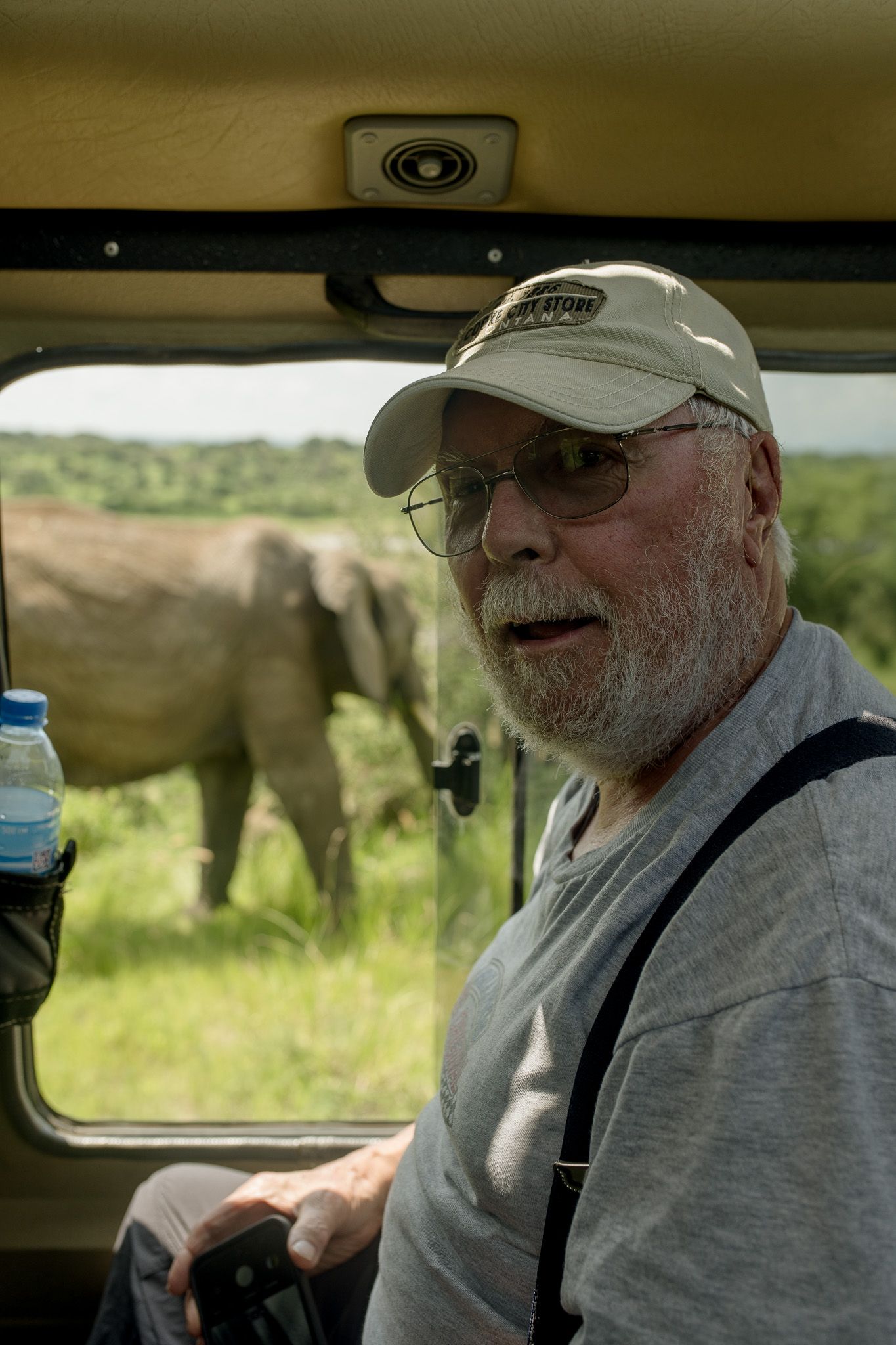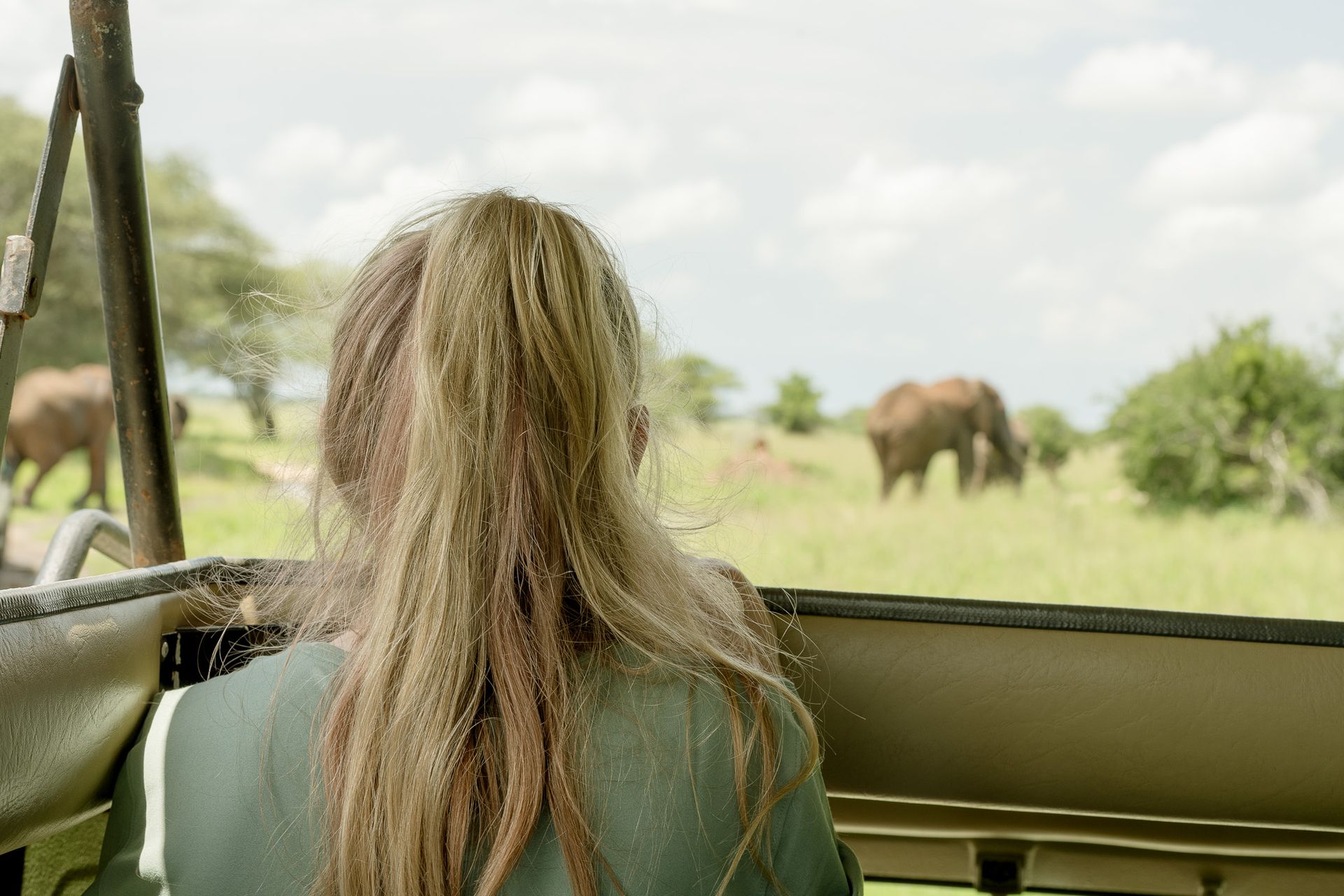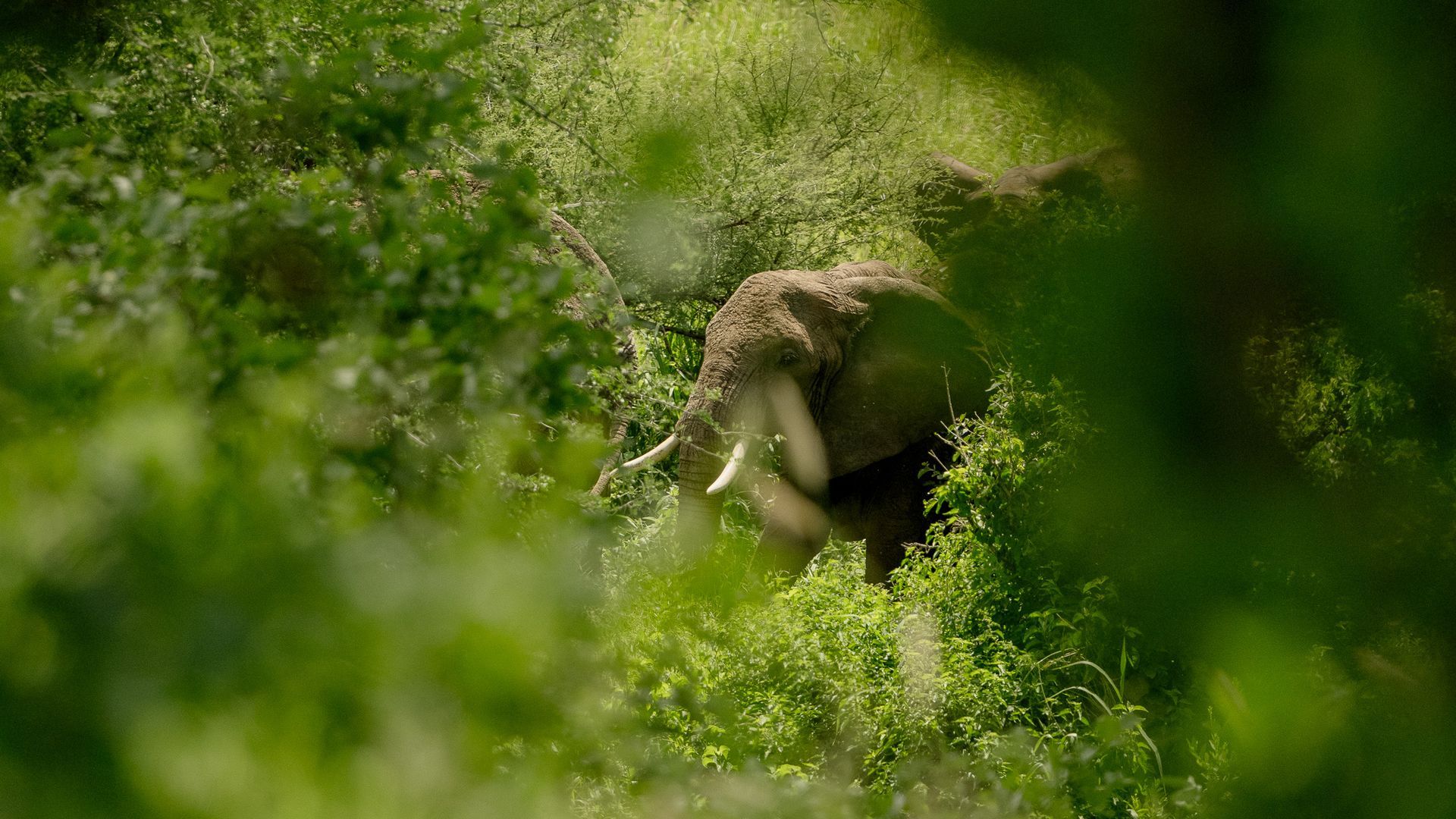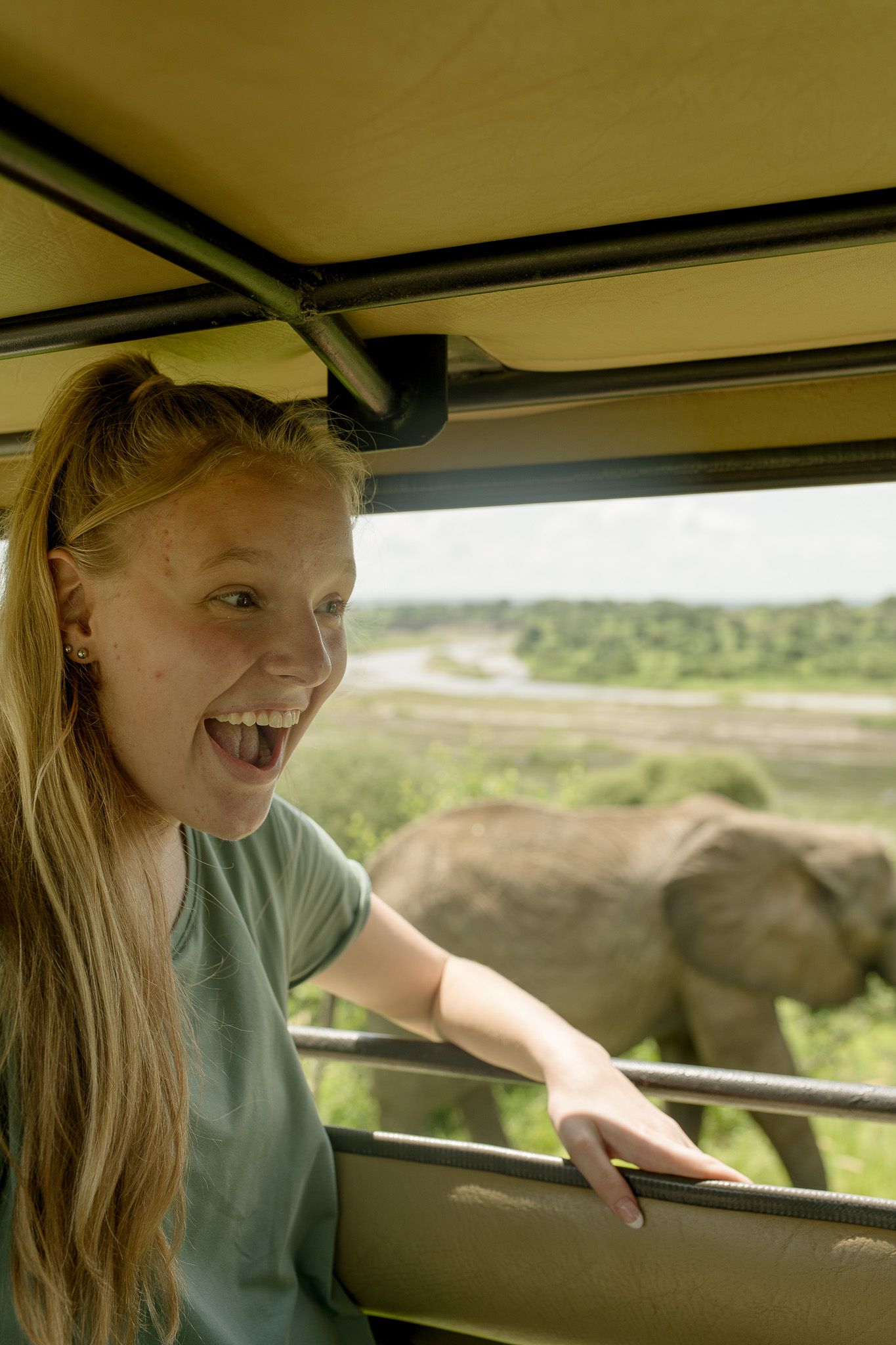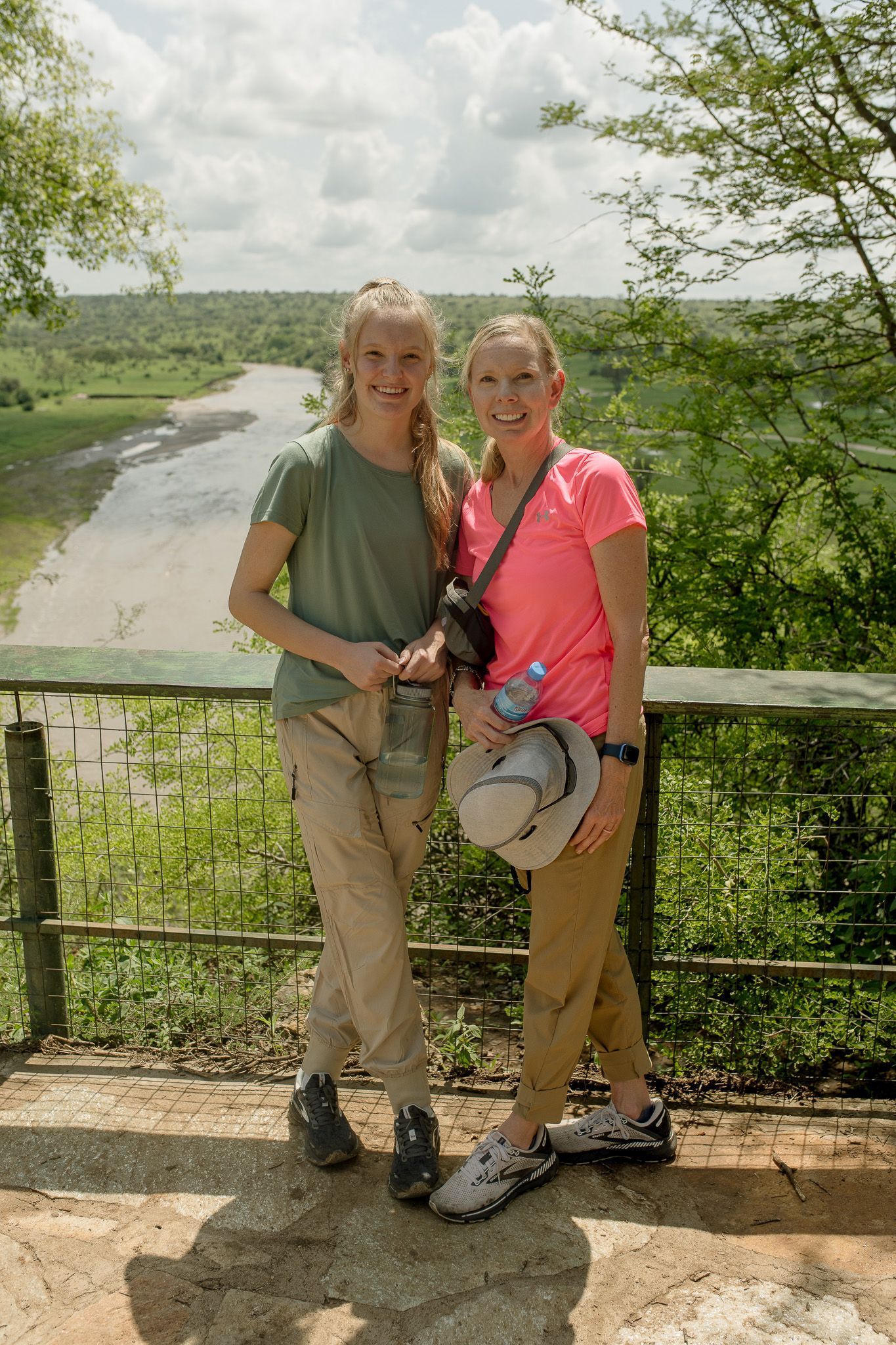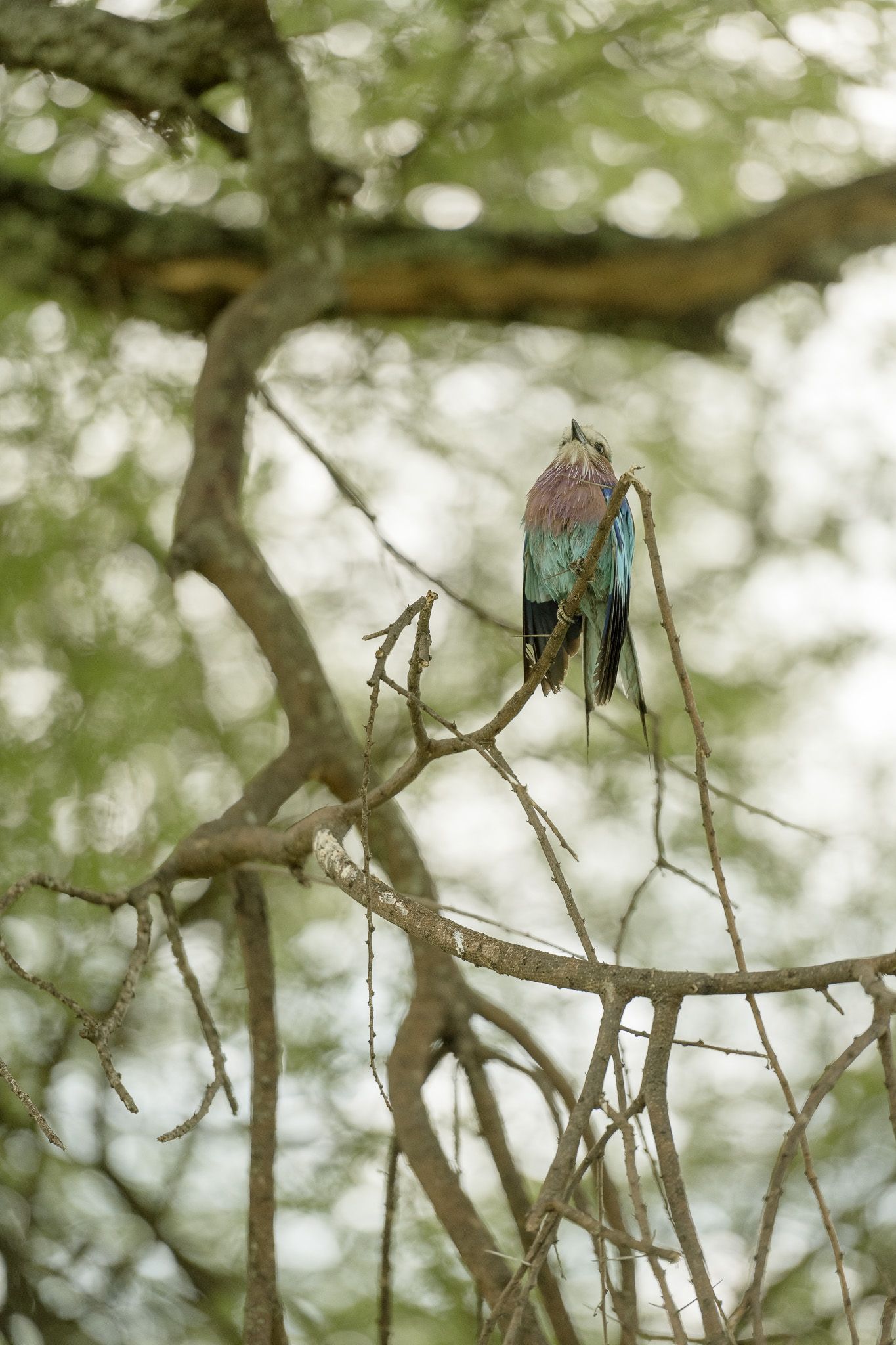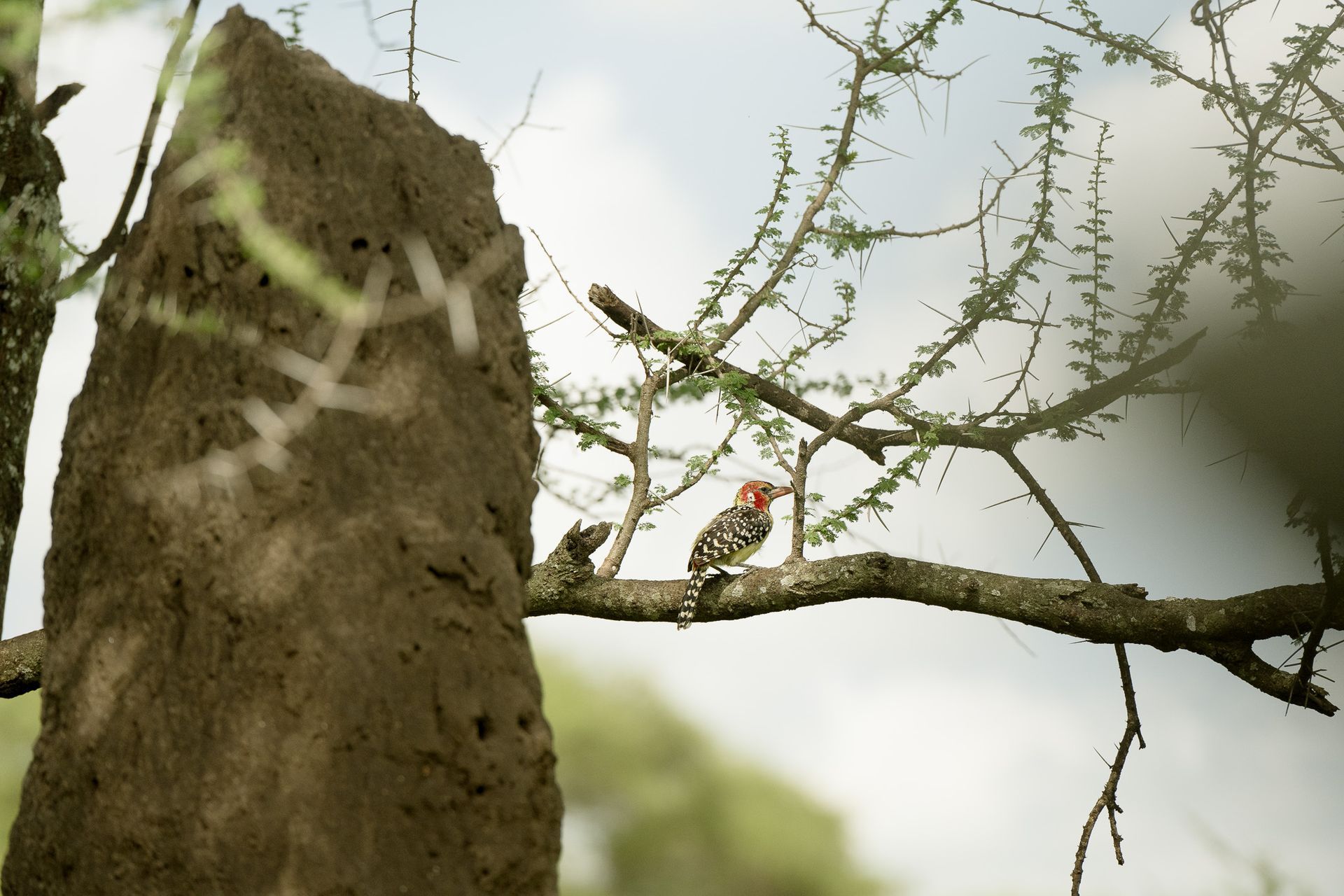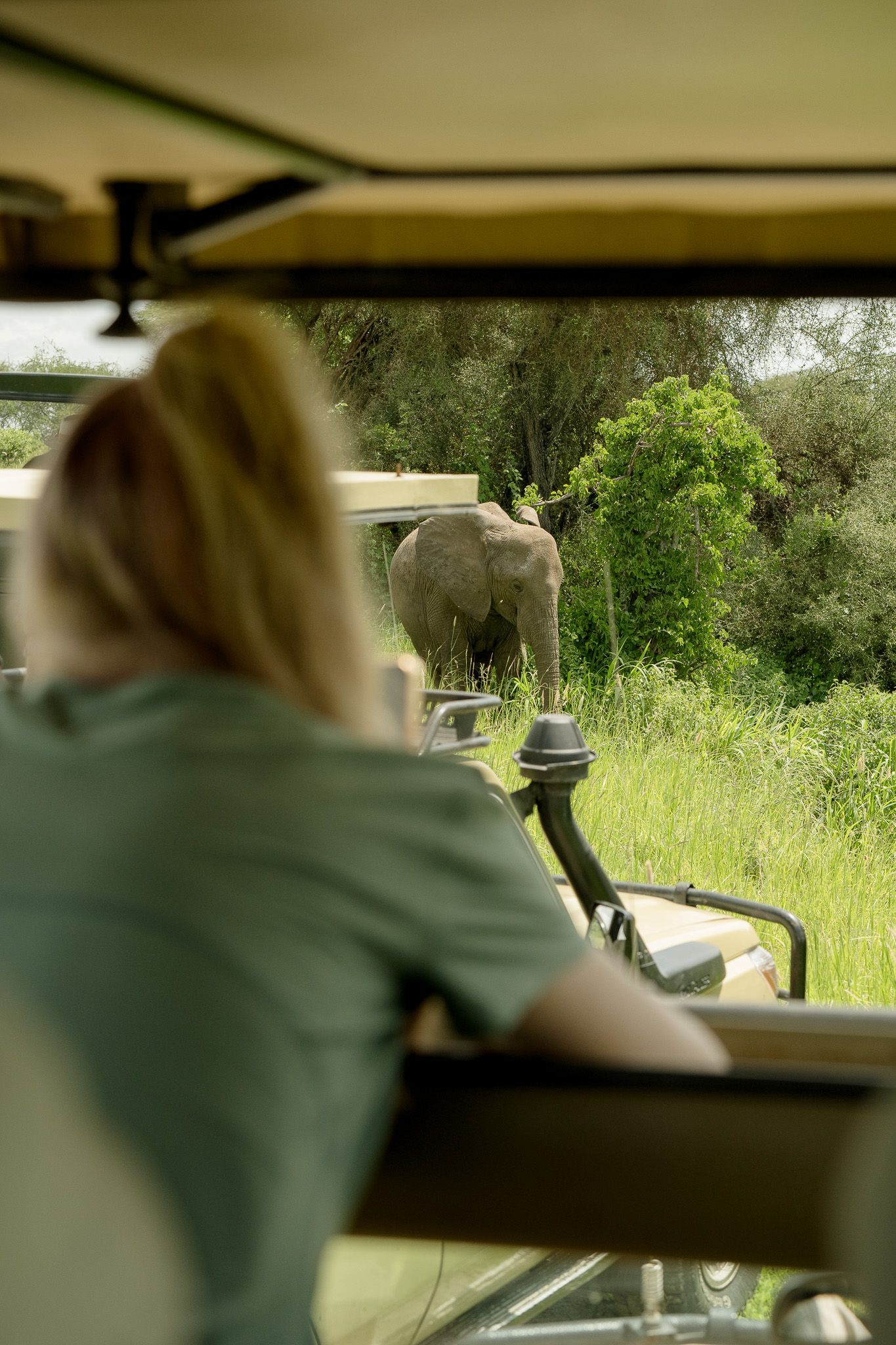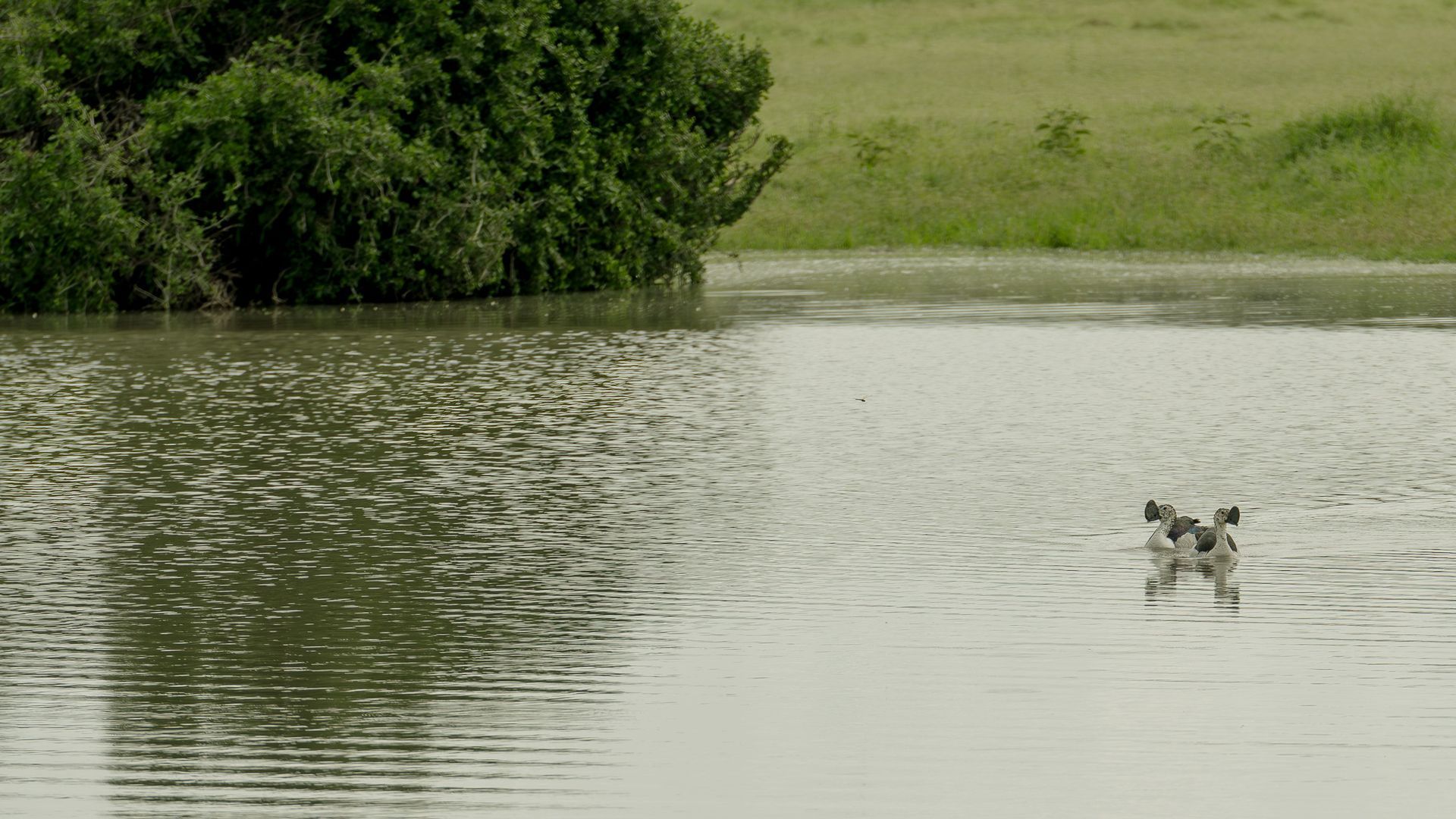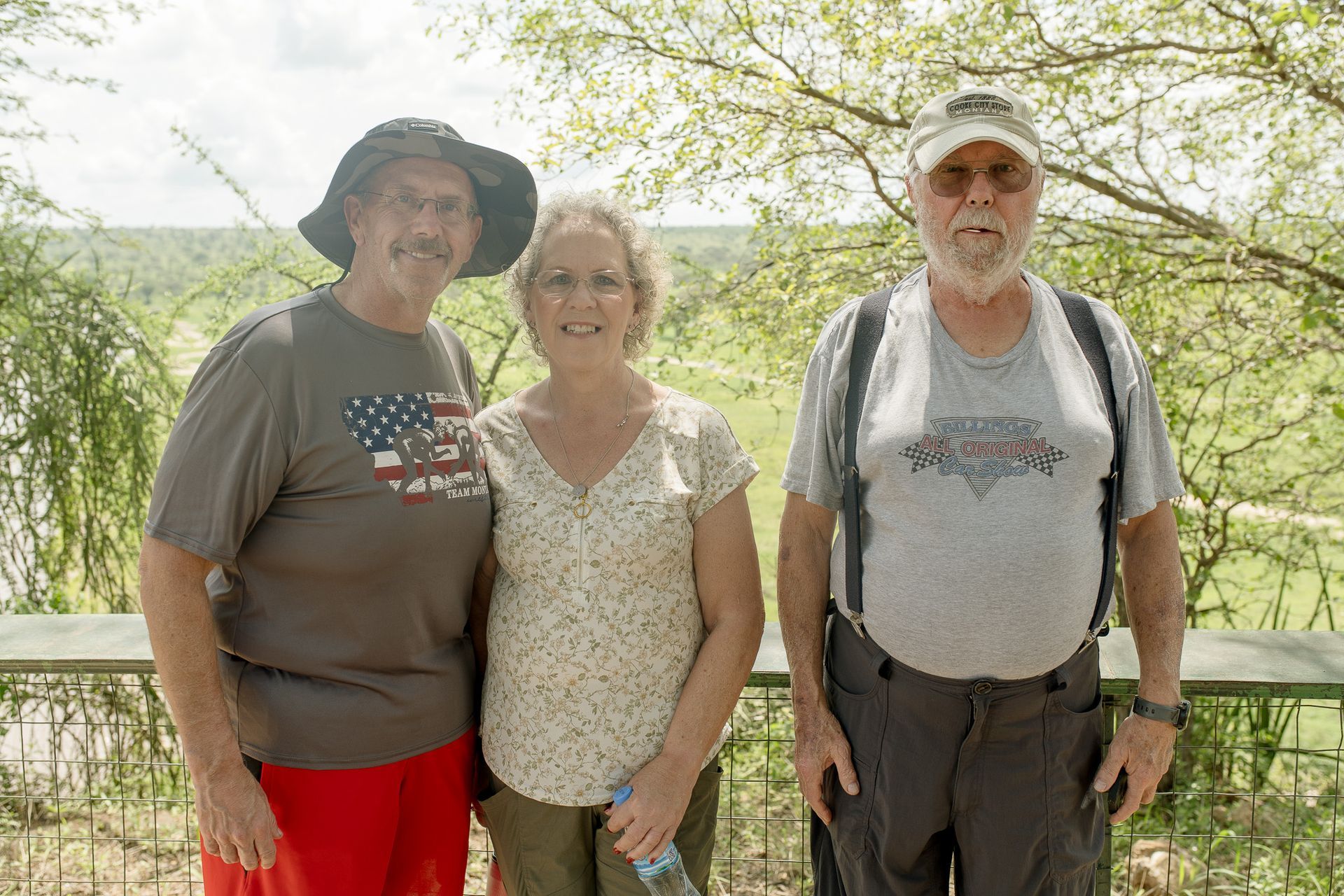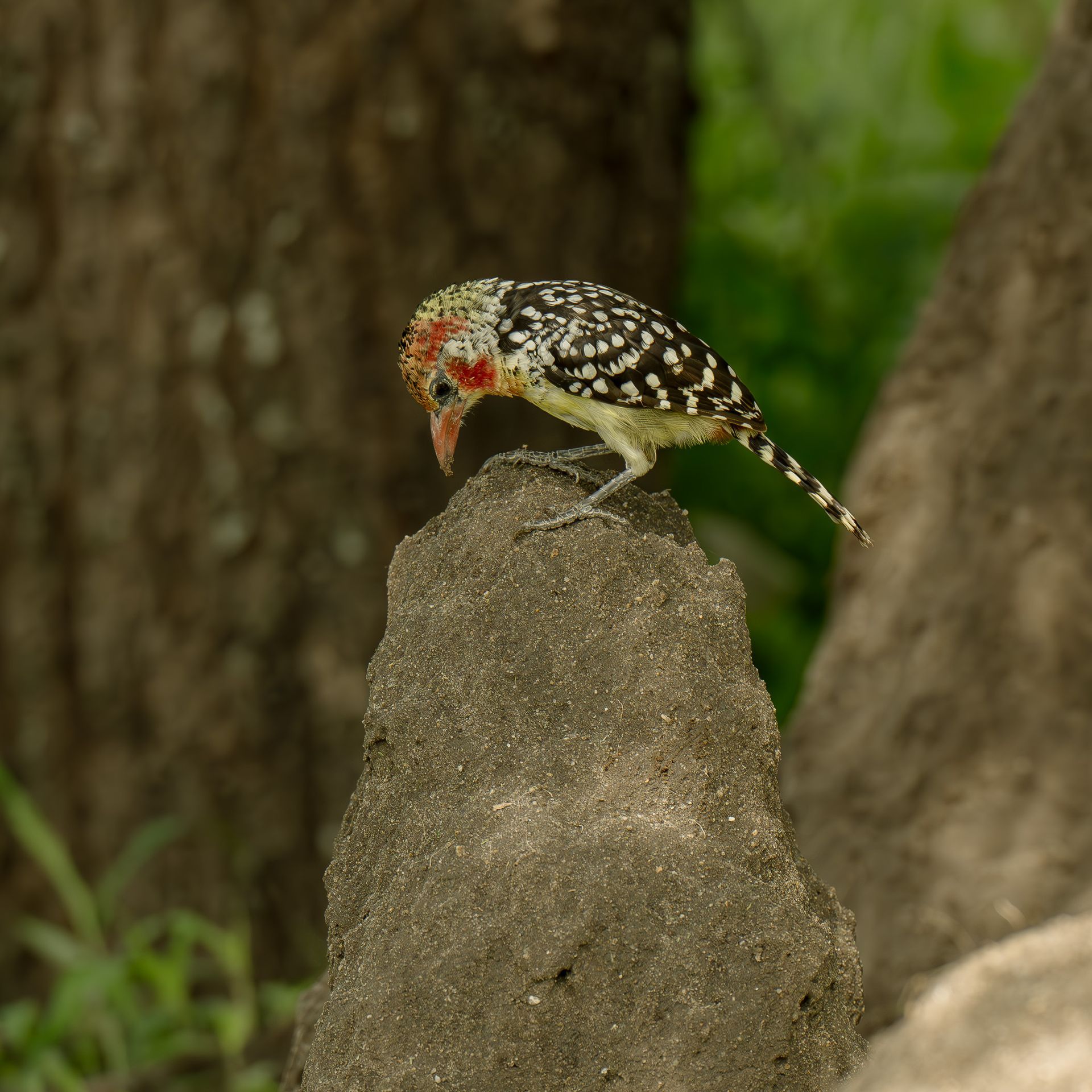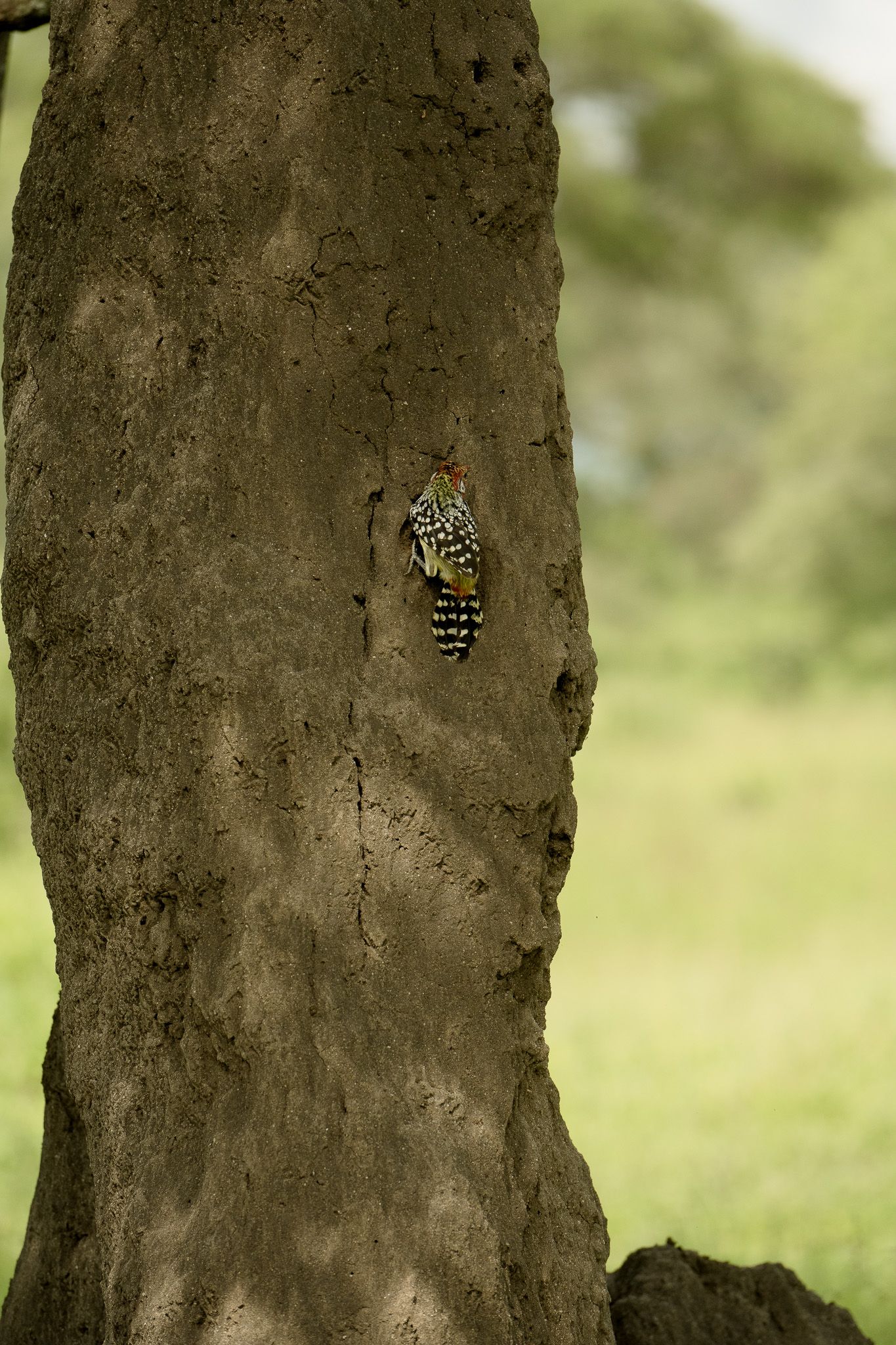Tarangire National Park
est. 1970 - 7th Largest National Park in Tanzania
Introduction
Tarangire National Park is known as “Paradise of Elephants” due to the many herds that migrate to the Tarangire River and the park's seasonal swamps. In the dry season, this park becomes a refuge for many animals migrating to the river offering many terrific photo opportunities. Tarangire is also a beautiful park to be in during the rainy seasons because of the many flora that thrive here during the wet season. All year long Tarangire has many interesting and beautiful features to behold.
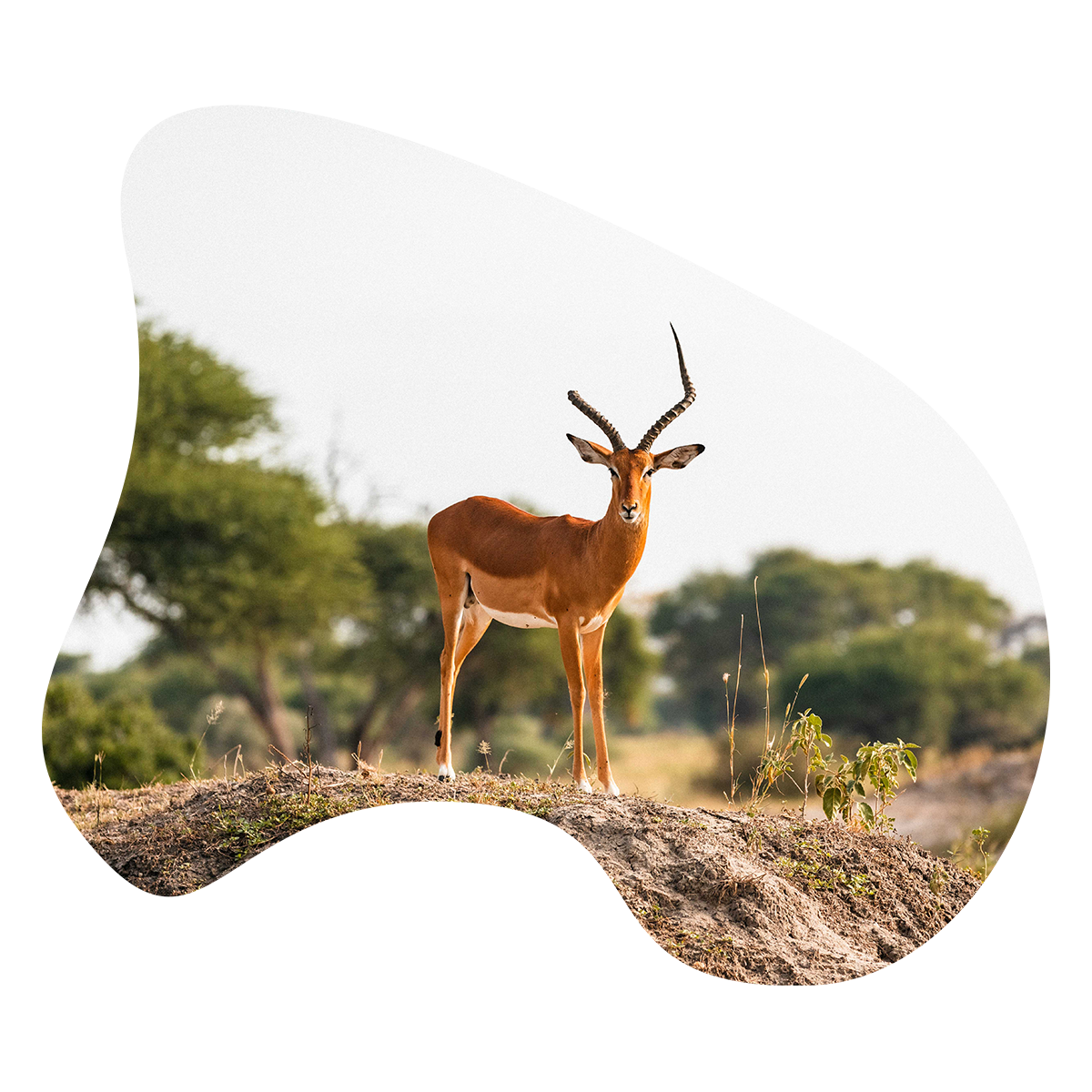
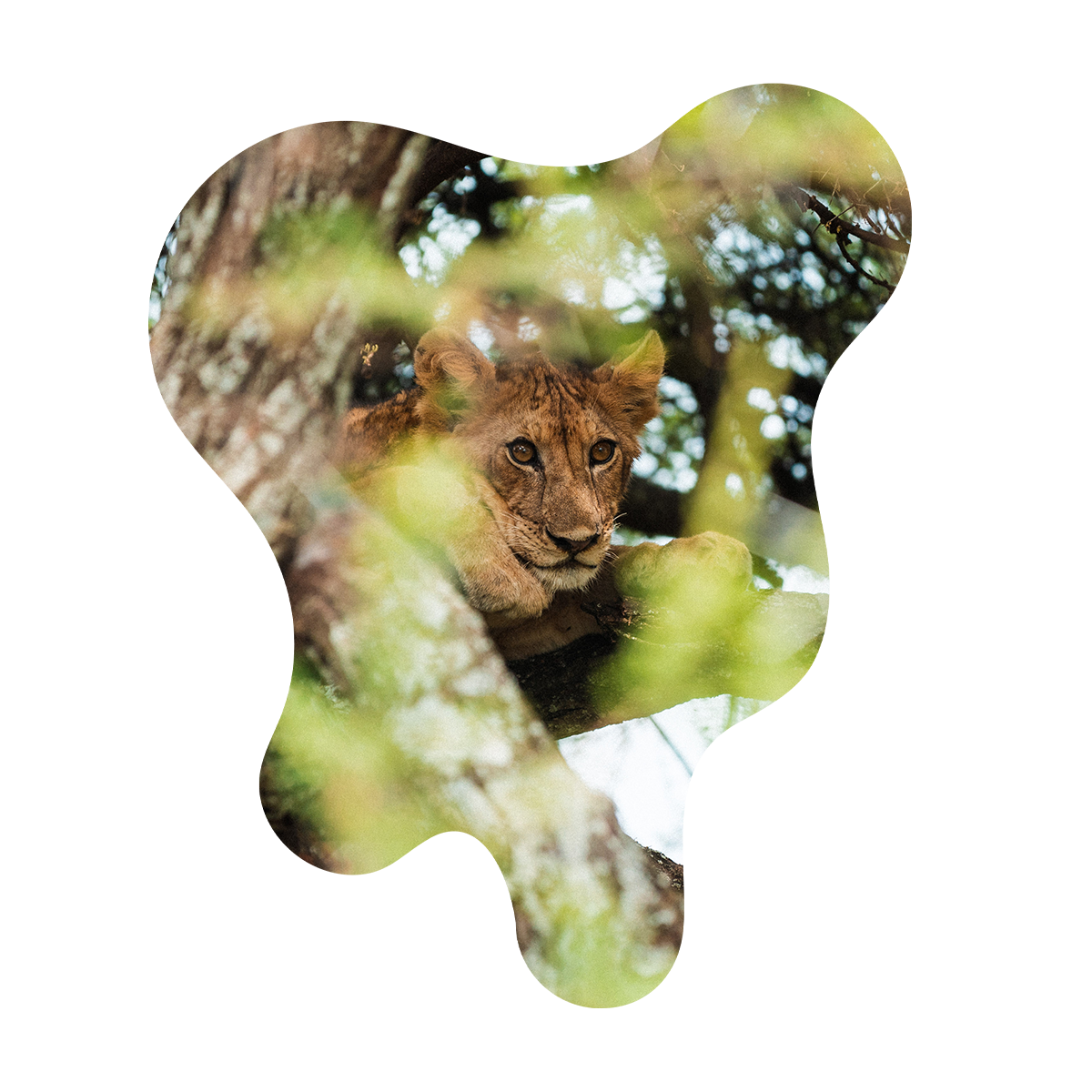

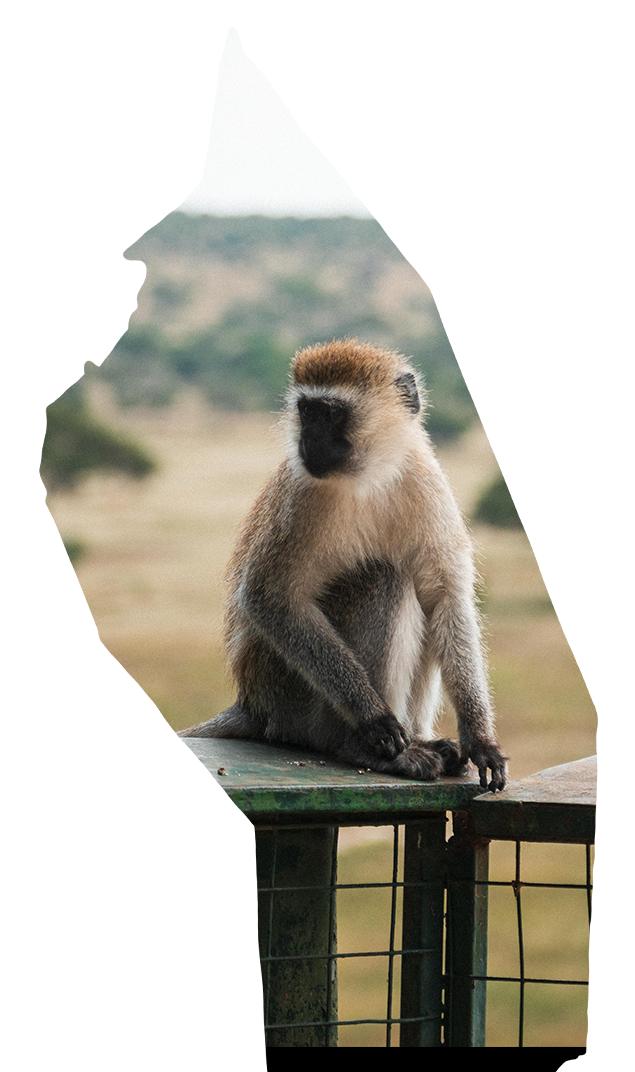
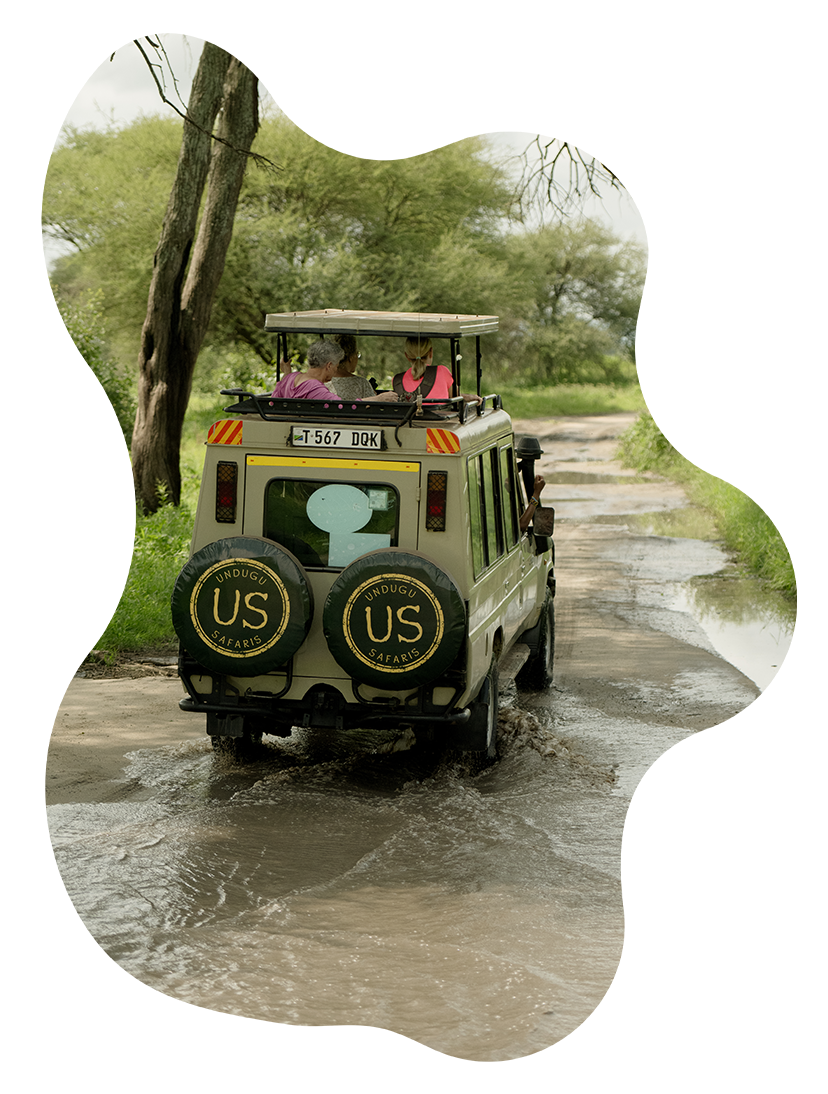
Wildlife
In the dry season, Tarangire National Park attracts one of the largest densities of animals in the world. The Tarangire river & Silale Swamp provide a permanent source of water for the many Ungulates and other species that migrate during the dry season.
On rare occasion Gerenuk, Greater/Lesser Kudu, and even the African Wild Dogs (a.k.a. Cape Hunting Dog / Painted Dog) can be found in Tarangire National Park. Tarangire is also one of the few places in Tanzania where Oryx can be found.
Bird life is a popular reason for most to visit as well. Birder's flock to Tarangire for it's resident breeding species such as the many different birds of prey, ratite's and carinate's.

